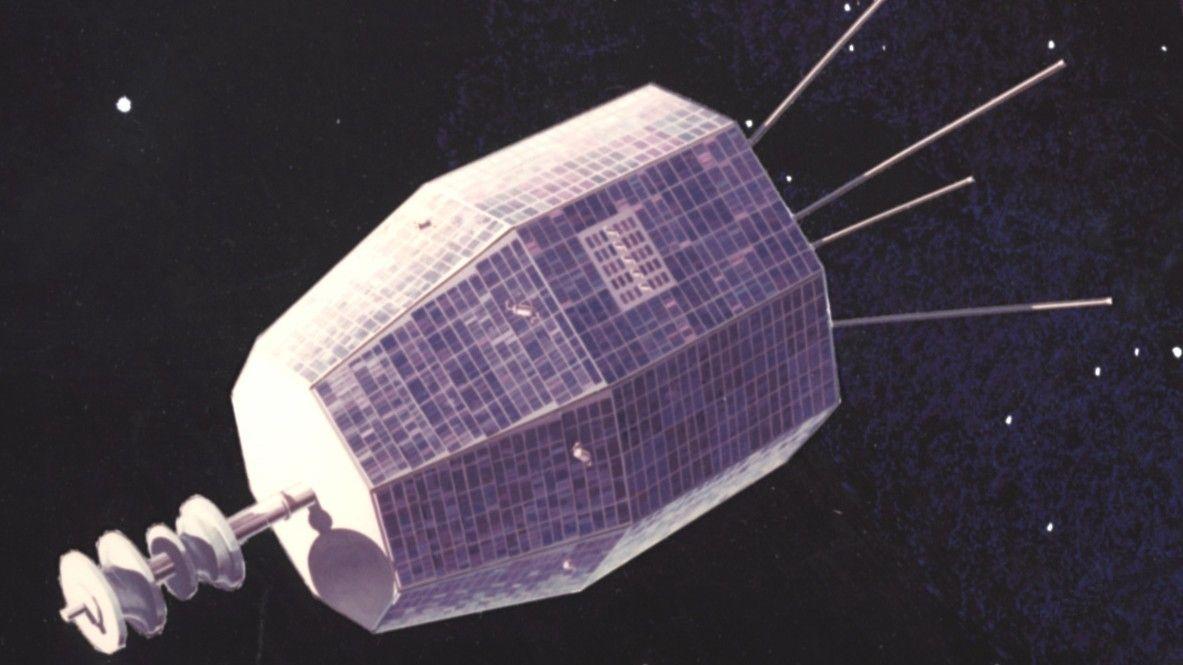| IN A NUTSHELL |
|
In a remarkable turn of events, scientists have detected a powerful burst of radio waves from a long-dormant NASA satellite, sparking intrigue and curiosity within the scientific community. This unexpected signal, originating from the Relay 2 satellite, raises questions about the potential causes and implications of such phenomena. The satellite, which went offline in 1967, has seemingly reawakened to emit a mysterious radio pulse, challenging current understanding and prompting further investigation.
The Surprising Reawakening of Relay 2
Relay 2, a communication satellite launched by NASA in 1964, was designed to facilitate communication across vast distances. However, its mission was cut short in 1967 when its onboard transponders failed, rendering it silent in the cosmos. Fast forward to June 2024, and this once inert piece of space history has suddenly captured the attention of astronomers worldwide. A study published in June 2024 reported the detection of an incredibly powerful radio pulse emanating from within our galaxy, specifically from Relay 2.
Lead author Clancy James, an associate professor at Curtin University, described the pulse as a phenomenon that “vastly outshone everything else in the sky for a very short amount of time.” This unexpected emission lasted a mere 30 nanoseconds, a duration that does not correlate with any known operational systems on the satellite. The scientific community has been left to wonder what could have triggered such an occurrence. Two possible scenarios have been proposed: a micrometeorite impact or an electrostatic discharge event, both of which would be capable of generating such a pulse.
Investigating Potential Causes
The two leading hypotheses for the radio pulse involve either a micrometeorite impact or an electrostatic discharge. Micrometeorite impacts are not uncommon in space and can generate clouds of plasma, potentially increasing conductivity in the space environment or creating an electric field on a spacecraft’s surface. Such impacts can also produce direct radio-frequency emission, making this a plausible explanation.
The alternative hypothesis involves electrostatic discharges, which occur when electricity flows suddenly between materials with differing charges. Relay 2, being an early spacecraft, could have been constructed with materials more prone to accumulating and releasing such charges. Electrostatic discharges are known to cause radio frequency pulses, adding credibility to this theory. However, distinguishing between these two scenarios is challenging, as both would produce similar signals, according to space science expert Karen Aplin.
Implications for Future Space Missions
This unexpected event with Relay 2 has significant implications for future space missions and satellite technology. Understanding the mechanisms behind electrostatic discharges and micrometeorite impacts is crucial, especially as the number of small, low-cost satellites increases. These satellites often have limited protection against electrostatic discharges, posing a risk to their operational integrity.
Aplin suggests that the radio detection from Relay 2 could offer a new technique for evaluating electrostatic discharges in space. As the amount of space debris grows, developing methods to detect and understand such phenomena becomes increasingly important. This research could inform the design of future satellites, ensuring their resilience in the harsh environment of space and potentially preventing premature failures.
The Role of Advanced Radio Telescopes
The detection of Relay 2’s radio pulse was made possible by the Australian Square Kilometer Array Pathfinder (ASKAP), a sophisticated radio telescope located in Western Australia. Comprising 36 identical dish antennae, ASKAP is designed to scan the sky for radio bursts, which are typically intense blasts of radio waves from distant galaxies. However, in this instance, the pulse originated from within the Milky Way, close enough to Earth that ASKAP struggled to focus on it.
This capability of ASKAP highlights the importance of advanced radio telescopes in modern astronomy. They enable scientists to detect and analyze phenomena that were previously beyond our reach, providing insights into the workings of the universe. As technology continues to evolve, the potential for discovering new and unexpected occurrences like the Relay 2 pulse will undoubtedly increase, offering exciting opportunities for scientific advancement.
The unexpected reawakening of the Relay 2 satellite serves as a reminder of the mysteries that still linger in space exploration. As researchers continue to investigate the source of the radio pulse, the event highlights the need for ongoing innovation in satellite technology and space observation. What other secrets might be lurking in the silent void of our cosmos, waiting to be discovered by the next generation of scientists and explorers?
Did you like it? 4.4/5 (28)








Wow, qui aurait cru qu’un satellite silencieux depuis 60 ans puisse encore émettre quelque chose ? 🤯